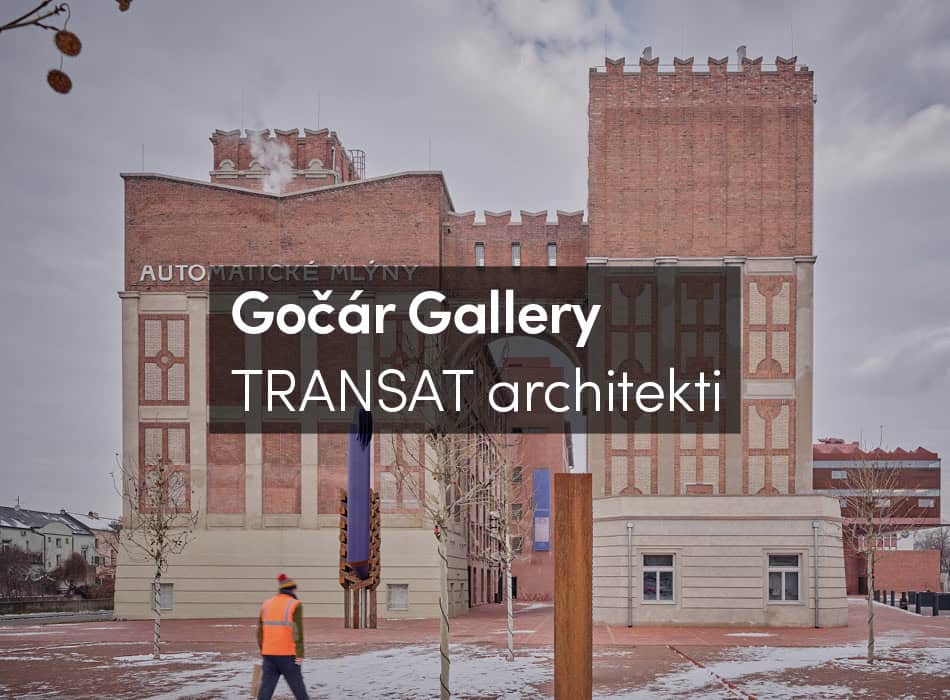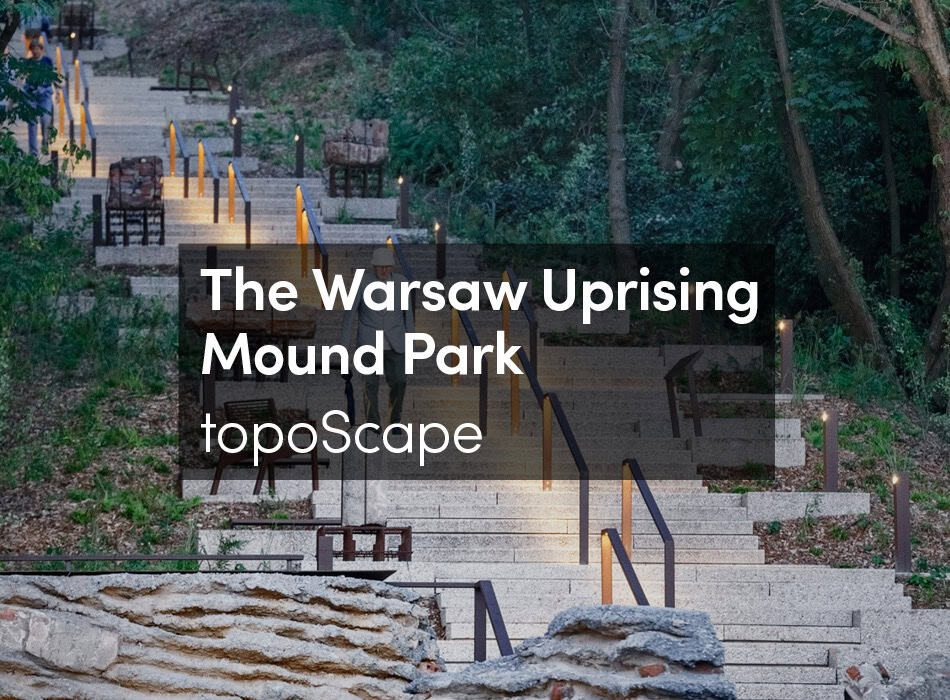In 2004 Dorte Mandrup Architects won the competition to convert the Jægersborg Water Tower into a mix-use building with a youth centre and residences. In the upper floors of the tower, residential units are layed out along the perimeter of the structure leaving the centre as common living and storage space. Each unit is formally expressed by a protruding crystal-like oriel bringing light deep into the apartment and offering unobstructed views to the surrounding landscape. Together, the oriels and common balconies add new sculptural layers that underscore the distinctive character of the tower. On the lower floors, the youth centre is divided into large multi-purpose rooms for free movement and adaptability. Large patterned windows surround the youth centre with overhead doors on the ground floor pushing the centre’s adaptability externally.
What were some of the challenges of the project?
The main challenge to begin with was the 12-edged shape of the original plan, which had to be divided into as useable housing units as possible. This geometrical challenge was one of the main factors for the geometry of the triangulated and rectangular additions.
Another challenge was the fact that since the housing is for young people under education and the four lower floors are housing the youth center, there was a strict limit as to how expensive the solutions could be.
A third was the fact that the existing building through its shear scale already has an iconic value that had to be considered in all stages, and on all levels from geometry to the choice of materials.
How much of the original tower was utilized in the final project?
The whole concrete structure is maintained and consists of one outer and one inner circle of columns and the on-site cast floors. The ceilings and inner columns have only been painted to keep the visual appearance of the cast concrete, and the floors have had a new linoleum-surface added. The façades have been replaced with a new and lighter façade in the lower floors and with the crystal-like oriels in the housing units.
What has the response been from the community?
The tower is situated in a crossing of multiple freeways and two train-lines, but rather far away from actual neighbours, so most response has been from people passing by. The response has been extremely positive, and the idea of preserving the icon of the watertower – which is still active – as well as adding the new human- scale oriels seems to be easily understood. The inhabitants of the tower have also been very positive, partly due to the large extent of dialogue with both the housing-community and the youth-center from an early stage on.

























